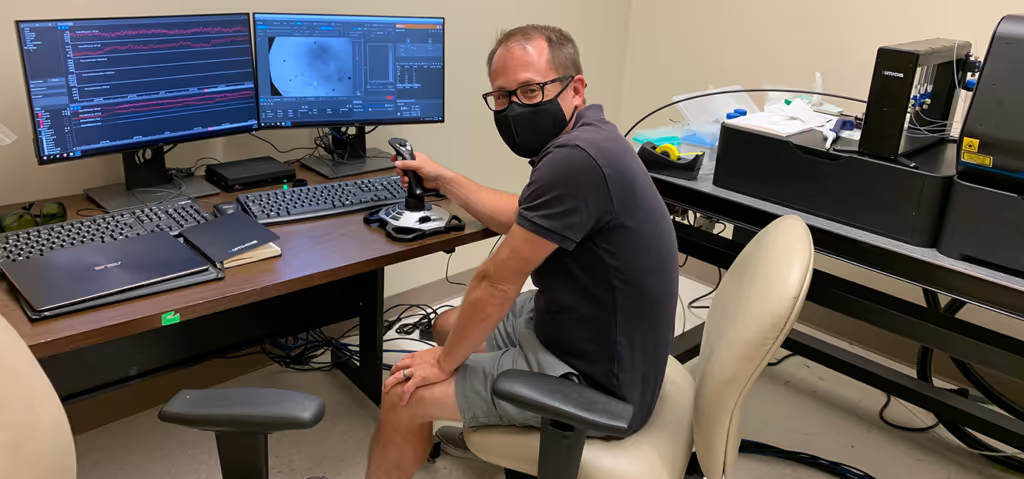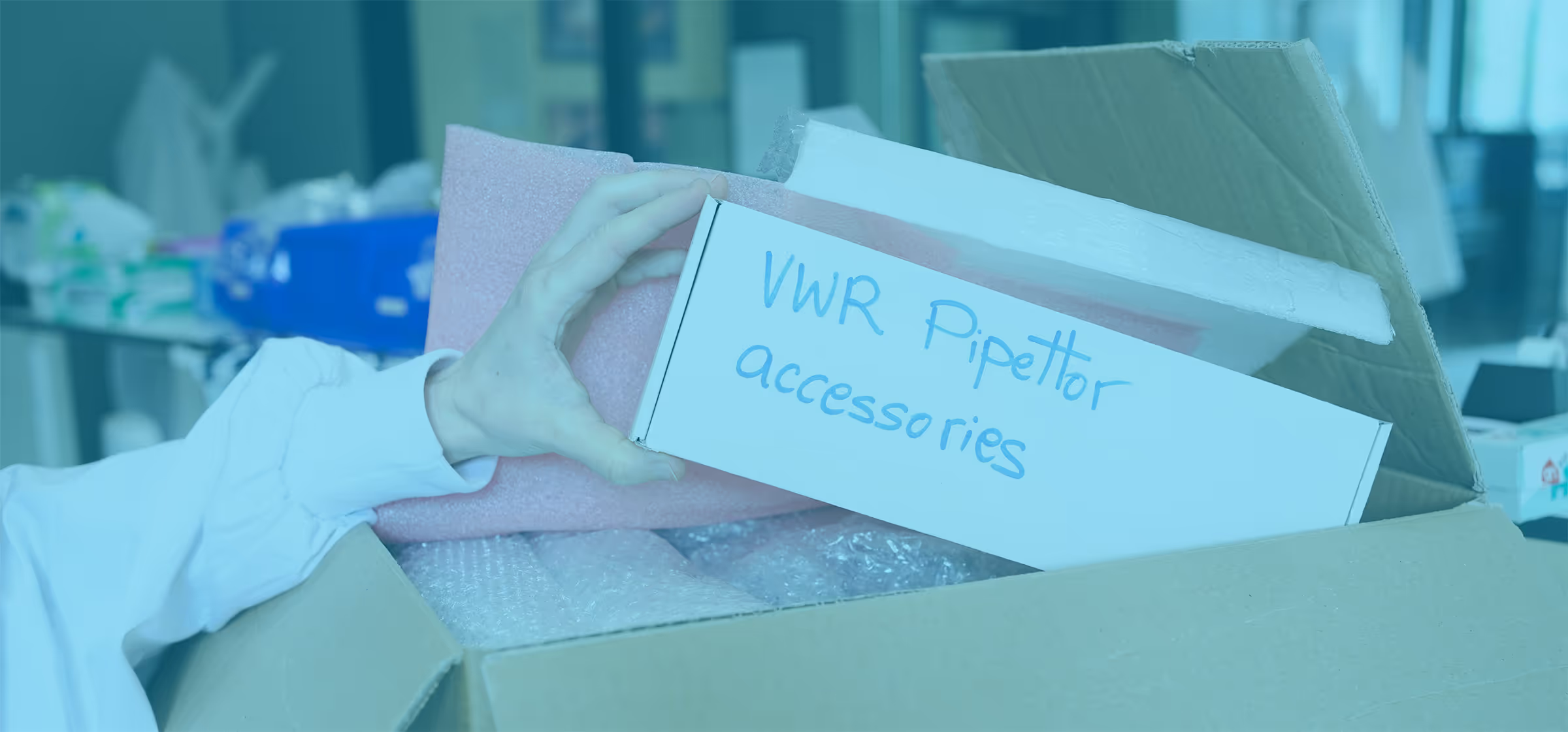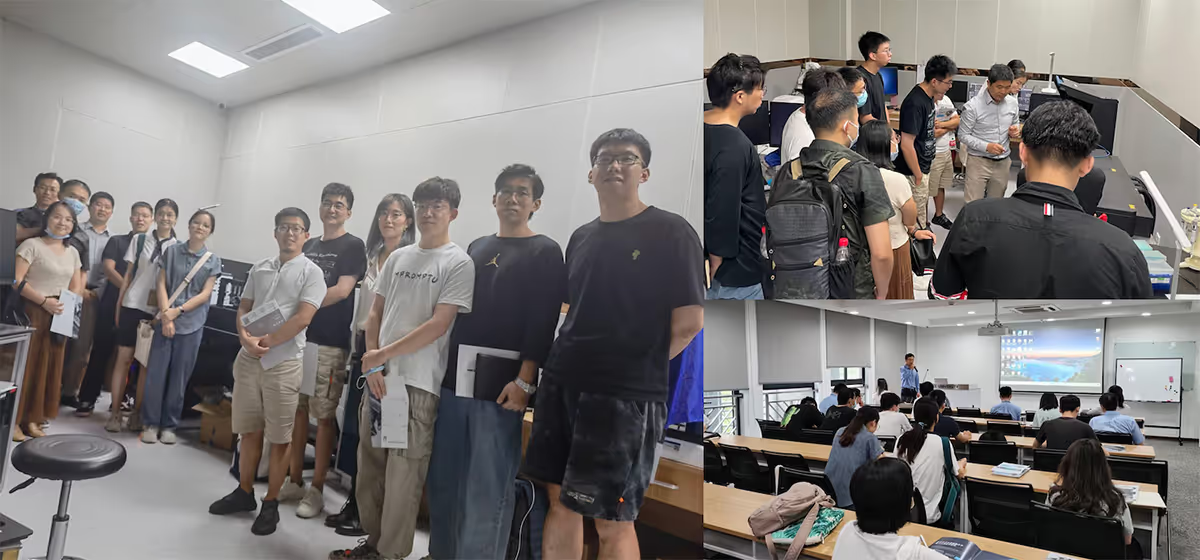As turbulent 2020 was, we are happy to have managed to install various LUMICKS instruments all around the world. Our dynamic single-molecule instruments enable researchers to analyze complex dynamic details related to the behavior and interaction of single molecules.
One of these installations is the newly installed C-Trap system at the University of Würzburg in Germany, where multiple research groups use the instrument to investigate processes involving DNA/RNA–protein interactions. Among the main users, we find the labs of Prof. Dr. Caroline Kisker and Dr. Ingrid Tessmer who use the C-Trap configured with a 3-color confocal microscope to examine DNA-repair processes at the single-molecule level. For instance, a recent PNAS publication by the Tessmer lab highlighted new insights into unknown processes associated with the initiation of nucleotide excision repair using our system. The group of Prof. Dr. Neva Caliskan uses the same system to investigate RNA viruses. The lab studies mechanisms involved in different viral translation strategies, which can be observed with the instrument’s real-time imaging.
We also had a premier with the first installation in South America! The lab of Dr. Mauricio Báez Larach at the University of Chile is now equipped with a C-Trap with 2-color confocal to study protein dynamics and conformational changes.
We also installed multiple m-Trap systems; an instrument specifically developed to lower the barrier of advanced single-molecule force spectroscopy instruments without compromising on performance. The lab of Dr. Matthew Miller at the University of Utah in the US aims to understand the macromolecular machines involved in cell division. Kinetochore-microtubule binding is crucial for pulling sister chromatids apart, and the researchers will use the m-Trap to study this tension-dependent process.
On the other side of the world, at RIKEN – Center for Brain Science in Wako, in Japan, Dr. Motomasa Tanaka focuses on protein dynamics in diseases and will use the newly installed system to study protein folding and misfolding.
We wish all these teams good luck with their ongoing research, and we are looking forward to their upcoming results!

Top banner images were licensed by Jose Luis Stephens (Santiago de Chile) / Sean Pavone (Salt Lake City) / Boris Stroujko (Wurzburg) / f11photo (Tokyo) / Shutterstock.com.





